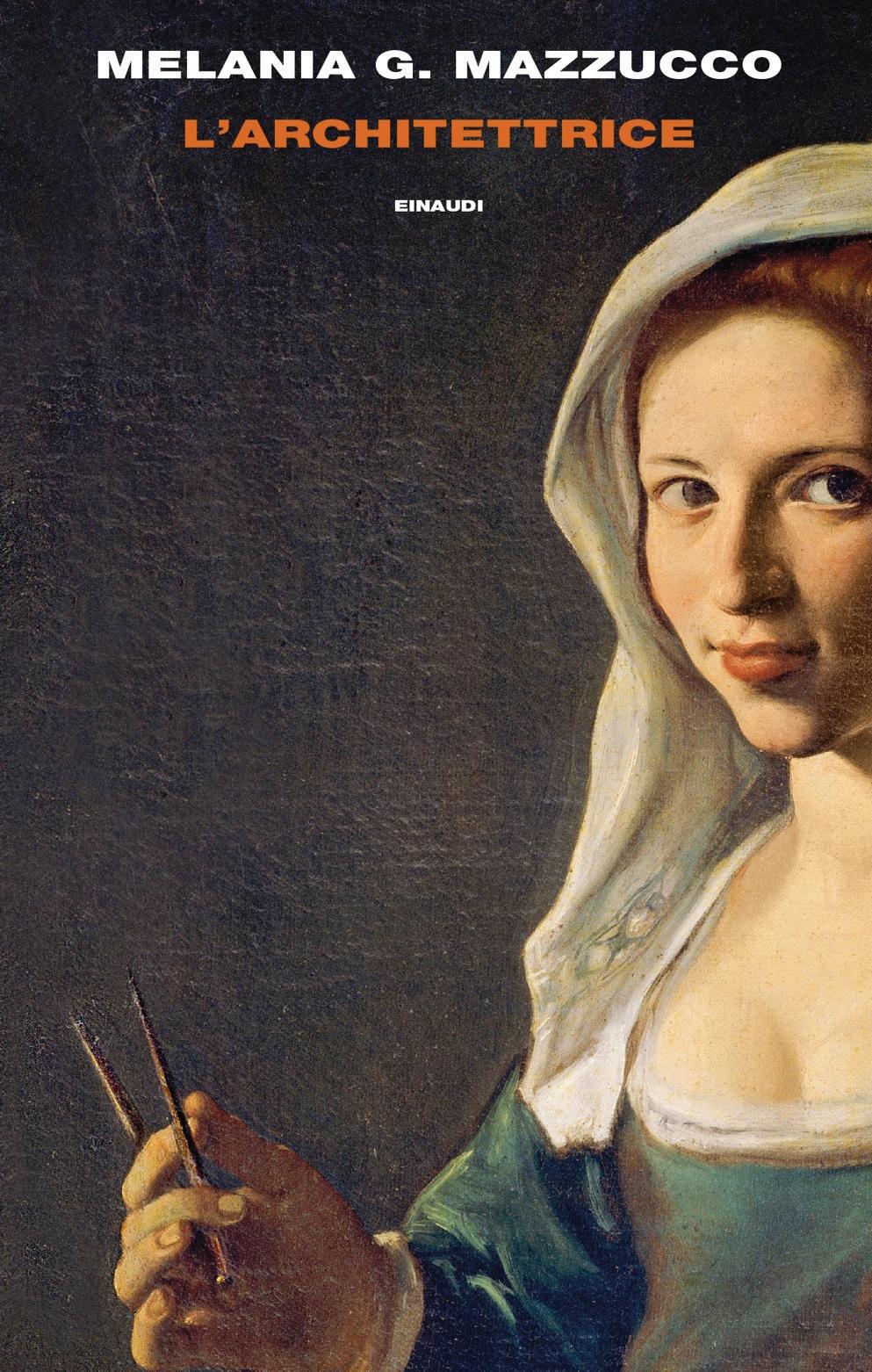L’ARCHITETTRICE
by Angelo Pallotta
R
ome. 1624. Giovanni Briccio, a plebeian genius in a Rome both bigoted and libertine, takes his eight-year-old daughter Plautilla along the beach of Santa Severa, north of Rome, where she encounters a whale. A chimerical creature never sighted off the coasts of Italy, right there in front of her eyes, proving to her the existence of a world unseen, beyond the horizon. It is precisely this understanding, impressed upon her from a young age, which makes that child an artist, a mysterious painter and architect in the murky splendour of Rome’s baroque 17th Century. The first female architect in European history. Her father Giovanni Briccio, is a talented painter, playwright, poet, writer and journalist, but hides behind a myriad of pseudonyms, rejected by Roman Letterati and ignored by Roman nobility on account of his humble origins. A mattress maker by trade, he imparts upon
60
Section Book Review
his daughter a sound education and instils in her the importance of chastity, projecting her into the tightly-held, highly-classed Roman art circle as a child prodigy, chosen by the Madonna herself as a messenger, in an attempt to make her the artist that he himself was never able to become. Plautilla, doubly disadvantaged by her low class and her gender, thanks to her father’s sound teachings, as well as some fortuitous encounters along the way, will reach a fame far greater than her father had dared imagine. Suffocated by her father’s overbearing presence, she will sacrifice her youth, living through prejudice, regime changes, the plague and resigning herself to a clandestine love. Melania Mazzucco, Premio Strega 2003, paints an intricate and brutally realistic portrait of a unique woman. Held together by an unpretentious prose, her book weaves art, ostentation, intrigue, bigotry and violence through the dense
Segmento Magazine XVII March/April 2021















